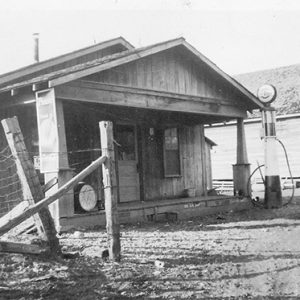 Cedar Glades
Cedar Glades
Entry Type: Place - Starting with C
 Cedar Glades
Cedar Glades
Cedar Glades (Garland County)
Cedar Grove (Independence County) [Northeast]
Cedar Grove (Independence County) [Southwest]
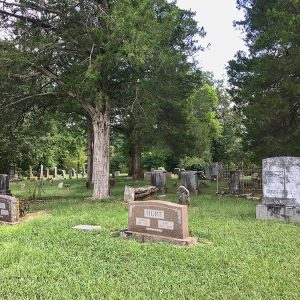 Cedar Grove Cemetery
Cedar Grove Cemetery
 Cedar Grove Cemetery
Cedar Grove Cemetery
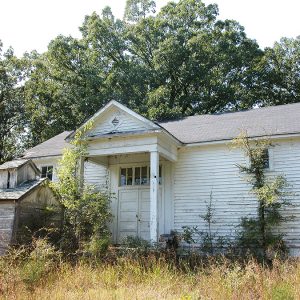 Cedar Grove School No. 81
Cedar Grove School No. 81
 Cedar Grove School No. 81
Cedar Grove School No. 81
Cedarville (Crawford County)
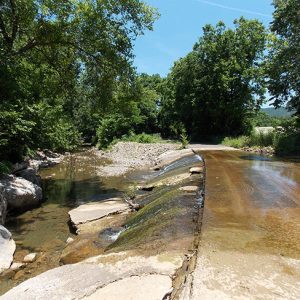 Cellar Creek
Cellar Creek
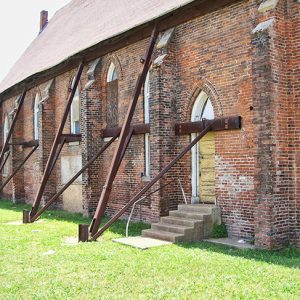 Centennial Baptist Church Repairs
Centennial Baptist Church Repairs
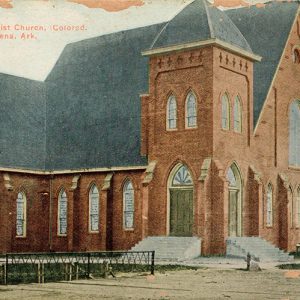 Centennial Baptist Church
Centennial Baptist Church
Centennial Baptist Church
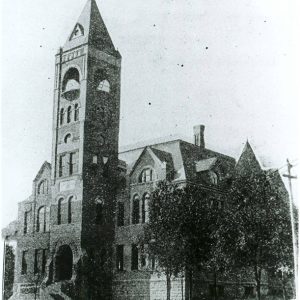 Centennial School
Centennial School
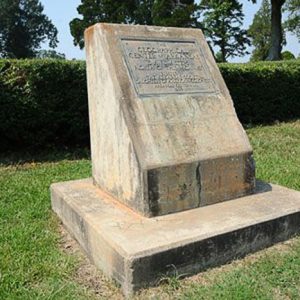 Center of State Marker
Center of State Marker
Center Point (Clark County)
Center Point (Howard County)
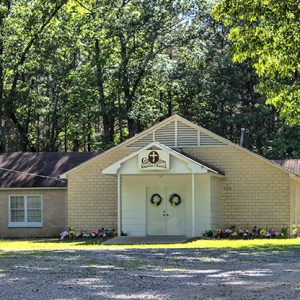 Center Point Baptist Church
Center Point Baptist Church
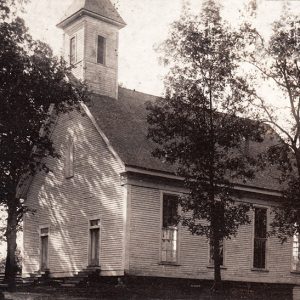 Center Point Methodist Church
Center Point Methodist Church
 Center Point School
Center Point School
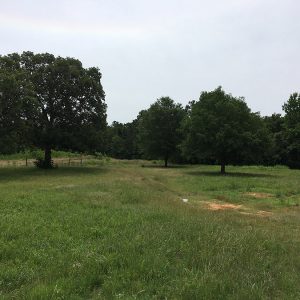 Center Point School Location
Center Point School Location
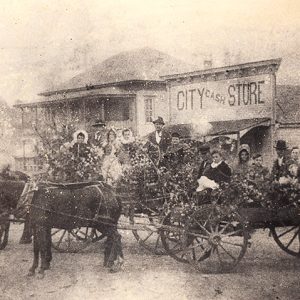 Center Point Street Scene
Center Point Street Scene
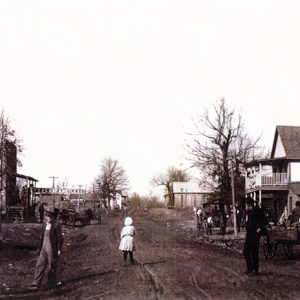 Center Ridge
Center Ridge
Center Ridge (Conway County)
 Center Theater
Center Theater
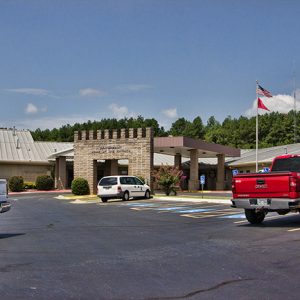 Centerpoint High School
Centerpoint High School
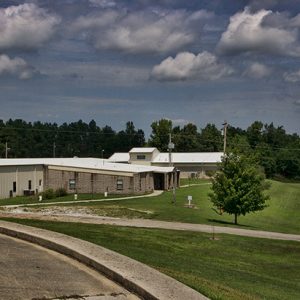 Centerpoint High School FFA
Centerpoint High School FFA
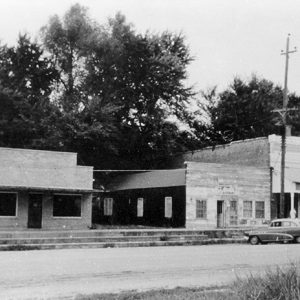 Centerton, 1959
Centerton, 1959
Centerton (Benton County)
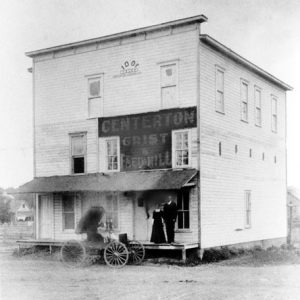 Centerton Grist and Feed Mill
Centerton Grist and Feed Mill
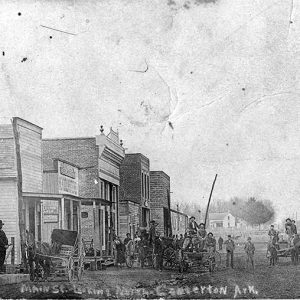 Centerton Street Scene
Centerton Street Scene
Central (Hot Spring County)
 Central Arkansas Development Council
Central Arkansas Development Council
 Central Arkansas Development Council
Central Arkansas Development Council
 Central Arkansas Radiation Therapy Institute (CARTI)
Central Arkansas Radiation Therapy Institute (CARTI)
Central Arkansas Veterans Healthcare System
Central Baptist College
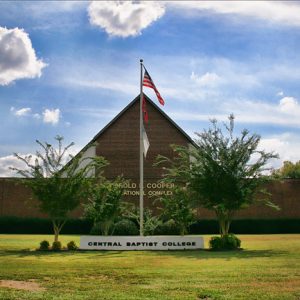 Central Baptist College
Central Baptist College
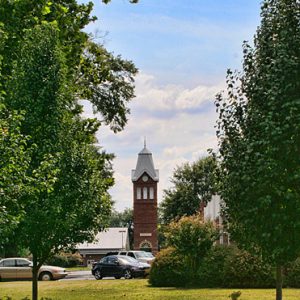 Central Baptist College Chapel
Central Baptist College Chapel
Central City (Sebastian County)
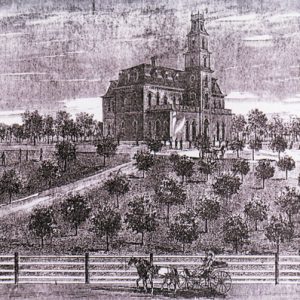 Central Collegiate Institute
Central Collegiate Institute
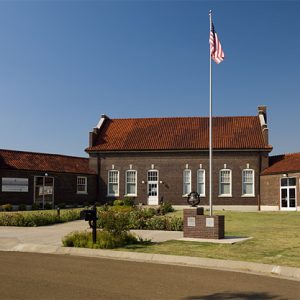 Central Delta Depot Museum
Central Delta Depot Museum
Central Delta Depot Museum
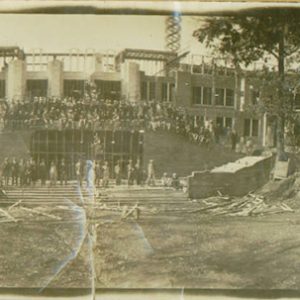 Central High Construction
Central High Construction
 Central High Postcard
Central High Postcard
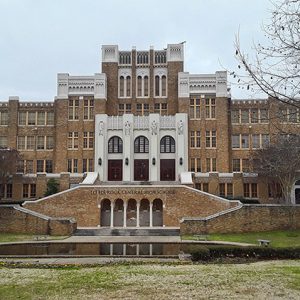 Central High School
Central High School
 Central High School
Central High School
 Central High School
Central High School
Central High School Neighborhood Historic District
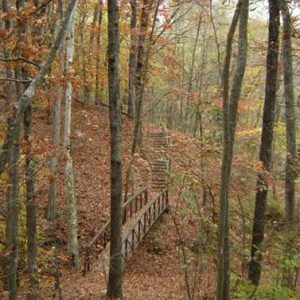 Chalk Bluff Natural Area
Chalk Bluff Natural Area




